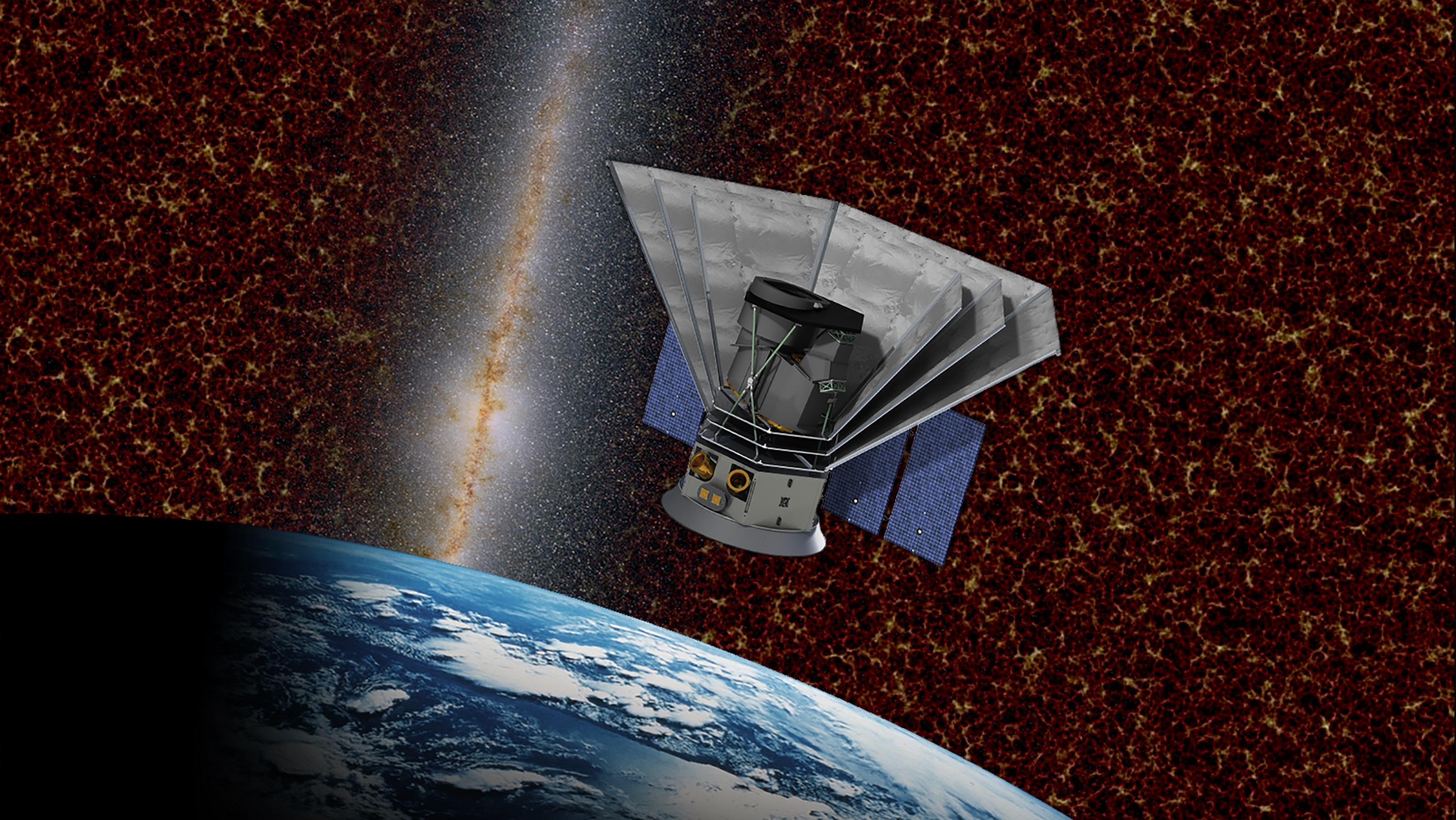SpaceX secures contract to launch NASA's SPHEREx astrophysics mission

SpaceX will be launching an astrophysics mission into Earth's orbit for NASA.
NASA has selected the spaceflight company to launch the SPHEREx mission (short for Spectro-Photometer for the History of the Universe, Epoch of Reionization, and Ices Explorer), NASA's Jet Propulsion Laboratory (JPL) in California announced Thursday (Feb. 4).
The 329-lb. (178 kilograms) craft will hitch a ride to space aboard SpaceX's Falcon 9 rocket, set to launch as early as June 2024, from Space Launch Complex 4E at Vandenberg Air Force Base in California. The launch will be managed by NASA's Launch Services Program at the agency's Kennedy Space Center in Florida. Still, NASA JPL remains in charge of overall project management, systems engineering, integration, testing and mission operations for the mission, agency officials said in a statement.
Related: NASA will launch a new space telescope in 2023 to investigate the universe
SPHEREx is a space observatory and the latest medium-class craft under NASA's Explorers program of astrophysics missions. NASA's other medium-class craft within this set of missions includes the planet-hunting craft TESS (Transiting Exoplanet Survey Satellite) and ICON (The Ionospheric Connection Explorer), which studies Earth's ionosphere — the region in our planet's atmosphere where Earth weather meets space weather.
The probe is set to spend two years scanning the skies in near-infrared light, completing a full survey every six months.
This light isn't visible to us humans with the naked eye, but it can allow the craft to peer out and observe far-off galaxies. With data from the craft, scientists aim to conduct an all-sky survey measuring the unique signatures of more than 300 million galaxies across the universe and 100 million stars inside our Milky Way galaxy, ultimately creating a unique sky map.
Breaking space news, the latest updates on rocket launches, skywatching events and more!
The craft won't just be mapping out these distant destinations, however, it will also be searching for signs of water and organic molecules in stellar nurseries — star-forming regions rich with interstellar gas and dust — and in the disks of material swirling around stars, where planets could form. By searching for water and organic molecules, which make life as we know it possible on Earth, scientists could explore habitability much farther from home.
Related: Scientists just mapped 1 million new galaxies, in 300 hours
"This amazing mission will be a treasure trove of unique data for astronomers," Thomas Zurbuchen, associate administrator for NASA's Science Mission Directorate, said in a 2019 NASA statement. "It will deliver an unprecedented galactic map containing 'fingerprints' from the first moments in the universe's history. And we'll have new clues to one of the greatest mysteries in science: What made the universe expand so quickly less than a nanosecond after the big bang?"
This mission will cost NASA about $98.8 million, including this launch service with SpaceX, in addition to other "mission-related costs," according to NASA JPL. The mission is funded by the Astrophysics Division of NASA's Science Mission Directorate, which is located at NASA headquarters in Washington, D.C.
Email Chelsea Gohd at cgohd@space.com or follow her on Twitter @chelsea_gohd. Follow us on Twitter @Spacedotcom and on Facebook.

Chelsea “Foxanne” Gohd joined Space.com in 2018 and is now a Senior Writer, writing about everything from climate change to planetary science and human spaceflight in both articles and on-camera in videos. With a degree in Public Health and biological sciences, Chelsea has written and worked for institutions including the American Museum of Natural History, Scientific American, Discover Magazine Blog, Astronomy Magazine and Live Science. When not writing, editing or filming something space-y, Chelsea "Foxanne" Gohd is writing music and performing as Foxanne, even launching a song to space in 2021 with Inspiration4. You can follow her on Twitter @chelsea_gohd and @foxannemusic.
